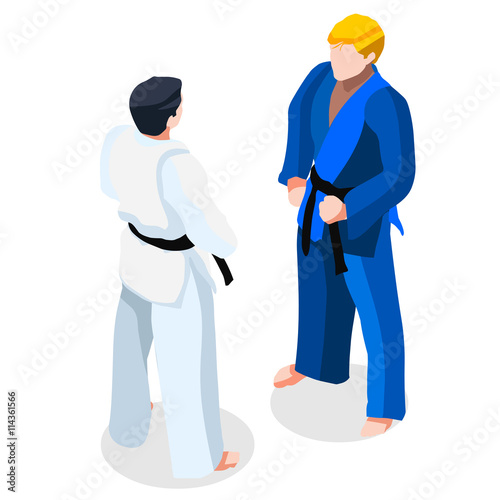Introducing The Range Of Martial Arts Disciplines: A Guide From Karate To Taekwondo
Introducing The Range Of Martial Arts Disciplines: A Guide From Karate To Taekwondo
Blog Article
Content Author-Borch Pierce
Are you tired of sensation bewildered by the substantial world of martial arts? With a lot of styles to pick from, it can be simple to get lost in a sea of punches, kicks, and strange names. Yet worry not!
This discussion will debunk the various fighting styles designs, taking you on a journey from the effective strikes of Karate to the vibrant kicks of Taekwondo. Prepare to reveal the beginnings, techniques, and ideologies behind these ancient art kinds.
So, tighten your belt and prepare to embark on an informing exploration into the captivating world of martial arts.
Beginnings of Martial Arts Styles
The origins of martial arts styles can be traced back to old people and their demand for self-defense and combat techniques. Throughout history, various cultures established their own special methods of fighting, each with its very own collection of strategies and viewpoints.
In China, for instance, martial arts designs such as Kung Fu and Tai Chi were created as a means of self-defense and enhancing physical and mental health.
In Japan, the samurai warriors developed designs like Martial arts and Judo, focusing on self-control, precision, and proficiency of the body.
In a similar way, in Korea, Taekwondo emerged as a fighting style stressing high kicks, quick movements, and psychological fortitude.
These very early civilizations laid the structure for the diverse variety of fighting styles styles that exist today, each with its very own rich background and cultural importance.
Methods and Educating Methods
To grasp martial arts designs, professionals should find out various methods and training techniques.
Strategies are the certain motions and activities utilized in fight, such as punches, kicks, tosses, and obstructs. Different martial arts designs have their very own unique collection of methods that specialists need to grasp via extensive training.
Educating https://franciscokwfnx.dreamyblogs.com/33582275/deciphering-the-mystery-of-numerous-martial-arts-self-controls-an-overview-to-martial-arts-taekwondo-and-much-more differ depending on the style, however they typically include a mix of physical conditioning, drills, competing, and types.
Physical conditioning is essential to build strength, flexibility, and endurance. best krav maga near me assist practitioners improve their techniques and boost their rate and accuracy.
Competing allows specialists to exercise their techniques in a regulated, sensible setting. Types, additionally known as kata, are prearranged sequences of motions that aid experts develop muscle mass memory and focus.
Ideologies and Concepts
Checking out the approaches and principles of fighting styles styles can offer you with a much deeper understanding of your selected technique. Each martial art has its very own special philosophy and collection of leading concepts that form the means it's practiced.
For example, Karate highlights technique, respect, and self-constraint. It educates practitioners to concentrate their minds and bodies, enabling them to safeguard themselves while maintaining a feeling of internal tranquility.
On the other hand, Taekwondo places a solid focus on speed, dexterity, and flexibility. Its concepts are rooted in the tenets of courtesy, honesty, determination, self-control, and indomitable spirit.
Verdict
Now that you've discovered the beginnings, strategies, and viewpoints of different martial arts styles, you have a deeper understanding of these ancient self-controls.
Envision a young karate student, practicing with unwavering decision and focus, breaking through boards with an effective strike.
Their trip showcases the commitment and strength required to understand a martial art, advising us that with self-control and determination, anything is feasible.
